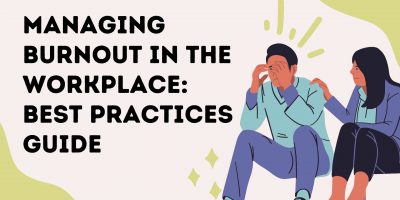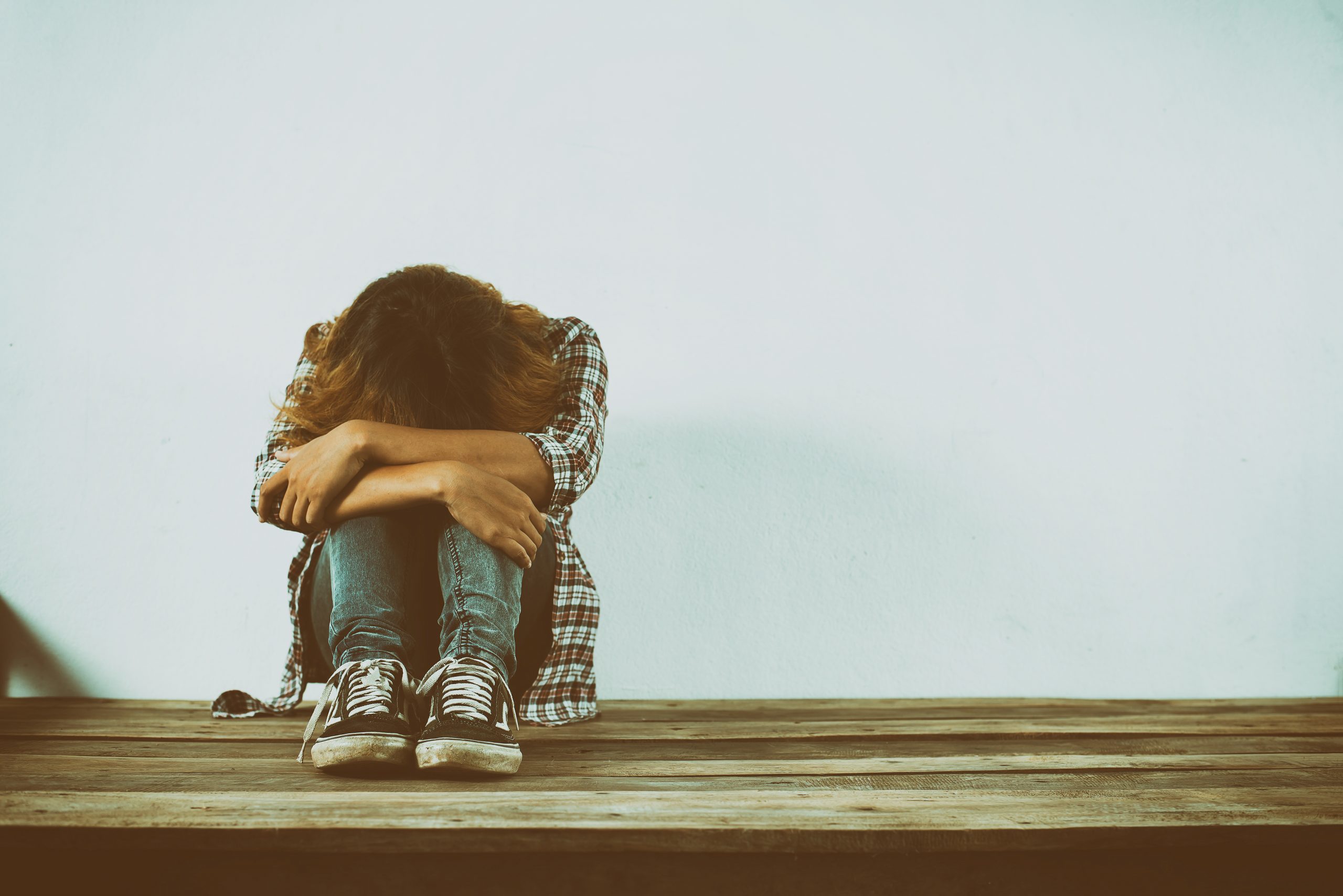
Managing Burnout in the Workplace: Best Practices Guide
As it can lead to absenteeism, decreased productivity, and increased turnover, managing burnout in the workplace is essential to keeping a healthy and productive workforce.

Suicide is a major public health problem and one of the leading causes of death in the U.S. Even though suicide is a global phenomenon, due to the stigma associated, as well as it being illegal in some places, the numbers are likely underestimated and underreported.
Raising awareness, understanding the risk factors, and knowing the facts is the first step to ending the stigma around suicide and suicide prevention.



The U.S. has one of the highest suicide deaths among wealthy nations.
Although there is no single approach that is standard for people in crisis, relative ease of access to proper mental health care and clinical intervention are instrumental as first steps to preventing the rise of suicide rates.
Browse our curated list of vendors to find the best solution for your needs.
Subscribe to our newsletter for the latest trends, expert tips, and workplace insights!

As it can lead to absenteeism, decreased productivity, and increased turnover, managing burnout in the workplace is essential to keeping a healthy and productive workforce.

Learn effective methods to counteract hustle culture and cultivate a more positive and fulfilling employee experience.

For some employees, it manifests as a seasonal dip in productivity and motivation. But for others, January Blues hints at more profound challenges within the workplace.

Loneliness can be a serious problem affecting not only employees’ mental health but also the bottom line for businesses. What are the tell-tale signs of workplace loneliness, and what can employers and organizations do to reduce or mitigate it?
Shortlister Connect is a tool specifically designed to be utilized by the HR and Procurement/Sourcing teams within mid-size, large and jumbo employers. Shortlister Connect allows these teams to efficiently research & identify their optimal vendor partners, track existing vendor relationships & performance and “connect” with other employers to share successes and vendor experiences.
If you are not on the HR or Procurement/Sourcing team within an employer with over 200 employees, you will not be granted access to Connect. Examples of individuals that would not be granted access include, but are not limited to: vendors, students, practitioners, researchers, other non-employers or anyone that is unwilling to identify themselves will not pass our vetting criteria. If you are a consultant, Shortlister offers a specialized product for consultants, called Shortlister Select. You can email Tom Ciccotti at tciccotti@myshortlister.com to learn more about Shortlister Select.
***Shortlister retains the exclusive right to grant or deny access to any party to ensure the privacy of the vendors in our system.
Please login with your LinkedIn Credentials
Used by most of the top employee benefits consultants in the US, Shortlister is where you can find, research and select HR and benefits vendors for your clients.
Shortlister helps you reach your ideal prospects. Claim your free account to control your message and receive employer, consultant and health plan leads.